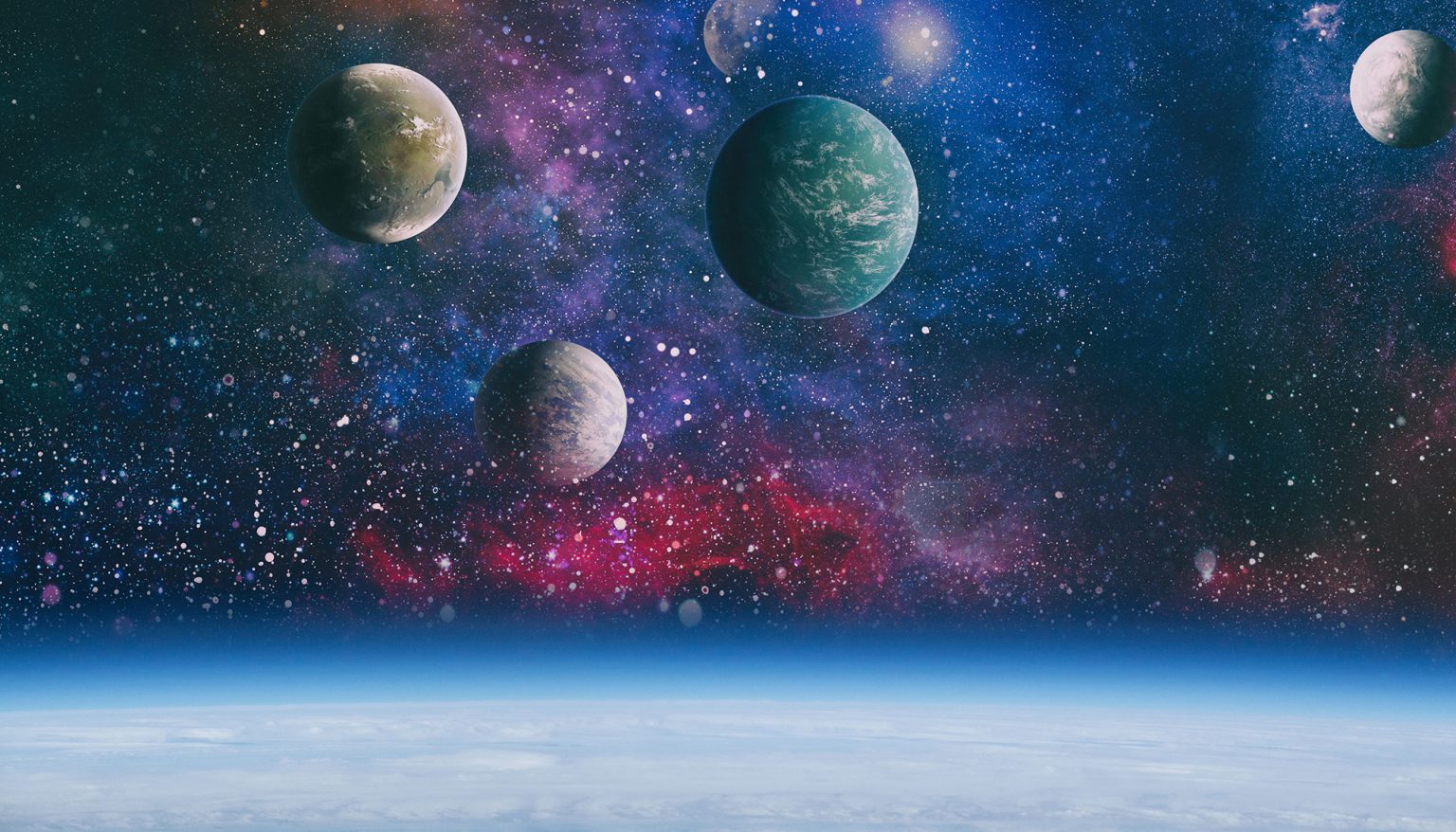With The Help Of A Map Of Stars Near The Sun, Astronomers Can Search For Alien Planets That Might Hold Life

With the help of a three-dimensional map of stars near the sun, astronomers can search for alien planets that might hold life. The map was created by NASA’s Chandra X-ray space telescope, which has spent 25 years in orbit.
The stars mapped by the telescope are at distances between 16.3 light-years and 49 light-years away from the sun.
This is close enough for the telescope to collect wavelengths of light or “spectra” from planets potentially in the stars’ habitable zones.
The habitable zone around a star is called the “Goldilocks zone.” It’s not too hot or too cold, allowing liquid water to exist on a planet’s surface.
The spectra could reveal surface features, such as oceans and continents, or atmospheric features, like clouds and chemicals.
Chandra’s X-ray capability is crucial for informing scientists on which planets to conduct investigations for conditions that could support life.
X-rays and ultraviolet radiation can destroy a planet’s atmosphere and make conditions inhabitable. So, if Chandra spots a planet that is heavily exposed to X-rays, scientists know to skip searching that world for signs of life.
“Without characterizing X-rays from its host star, we would be missing a key element on whether a planet is truly habitable or not,” said Breanna Binder, the team leader of the project from the California State Polytechnic University. “We need to look at what kind of X-ray doses these planets are receiving.”
The team started with a list of 57 stars in close enough range to our solar system for space telescopes to observe their Goldilocks zones.
Maximusdn – stock.adobe.com – illustrative purposes only
Sign up for Chip Chick’s newsletter and get stories like this delivered to your inbox.
However, simply being in this zone does not mean that a planet is automatically habitable. For instance, Venus and Mars are both within the habitable zone of the sun, but their surfaces seem unsuitable for life.
Then, the team looked at data from 10 days of Chandra observations and 26 days of observations from the European Space Agency’s XMM-Newton space telescope to see how bright the stars are in X-rays, which helped narrow down the list.
They concluded that the brighter and more energetic the X-rays were, the more likely that any planets in the vicinity had severely damaged atmospheres or no atmospheres at all.
So far, they have identified stars with habitable zones where the X-ray radiation environment is similar to the one in which Earth evolved.
So, there could be planets with sizes, masses, and atmospheres like Earth that have currently not been discovered yet.
“We don’t know how many planets similar to Earth will be discovered in images with the next generation of telescopes, but we do know that observing time on them will be precious and extremely difficult to obtain,” said Edward Schwieterman, team member and researcher at the University of California, Riverside.
“These X-ray data are helping to refine and prioritize the list of targets and may allow the first image of a planet similar to Earth to be obtained more quickly.”
Welcome to Billionaire Club Co LLC, your gateway to a brand-new social media experience! Sign up today and dive into over 10,000 fresh daily articles and videos curated just for your enjoyment. Enjoy the ad free experience, unlimited content interactions, and get that coveted blue check verification—all for just $1 a month!
Account Frozen
Your account is frozen. You can still view content but cannot interact with it.
Please go to your settings to update your account status.
Open Profile Settings